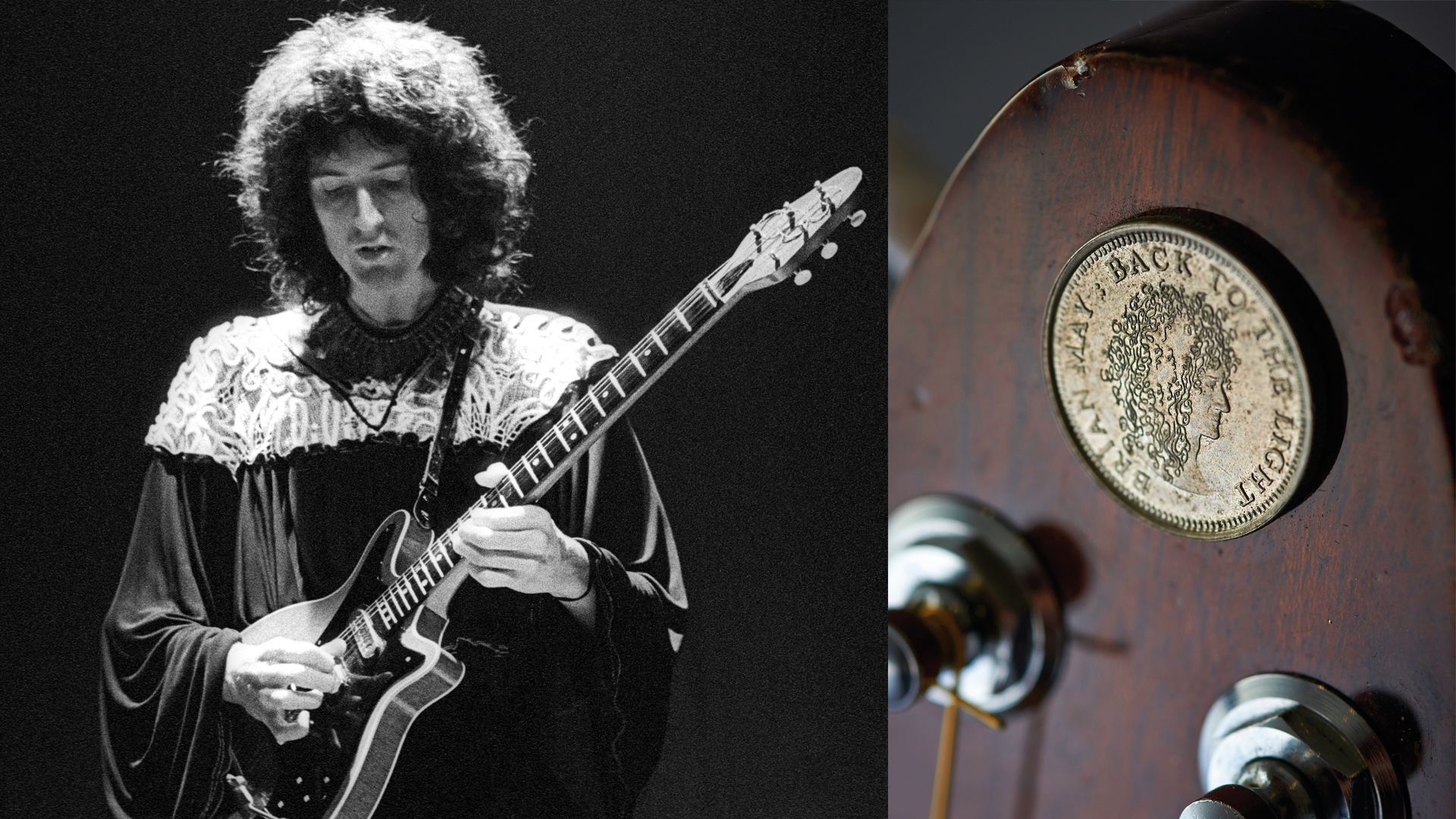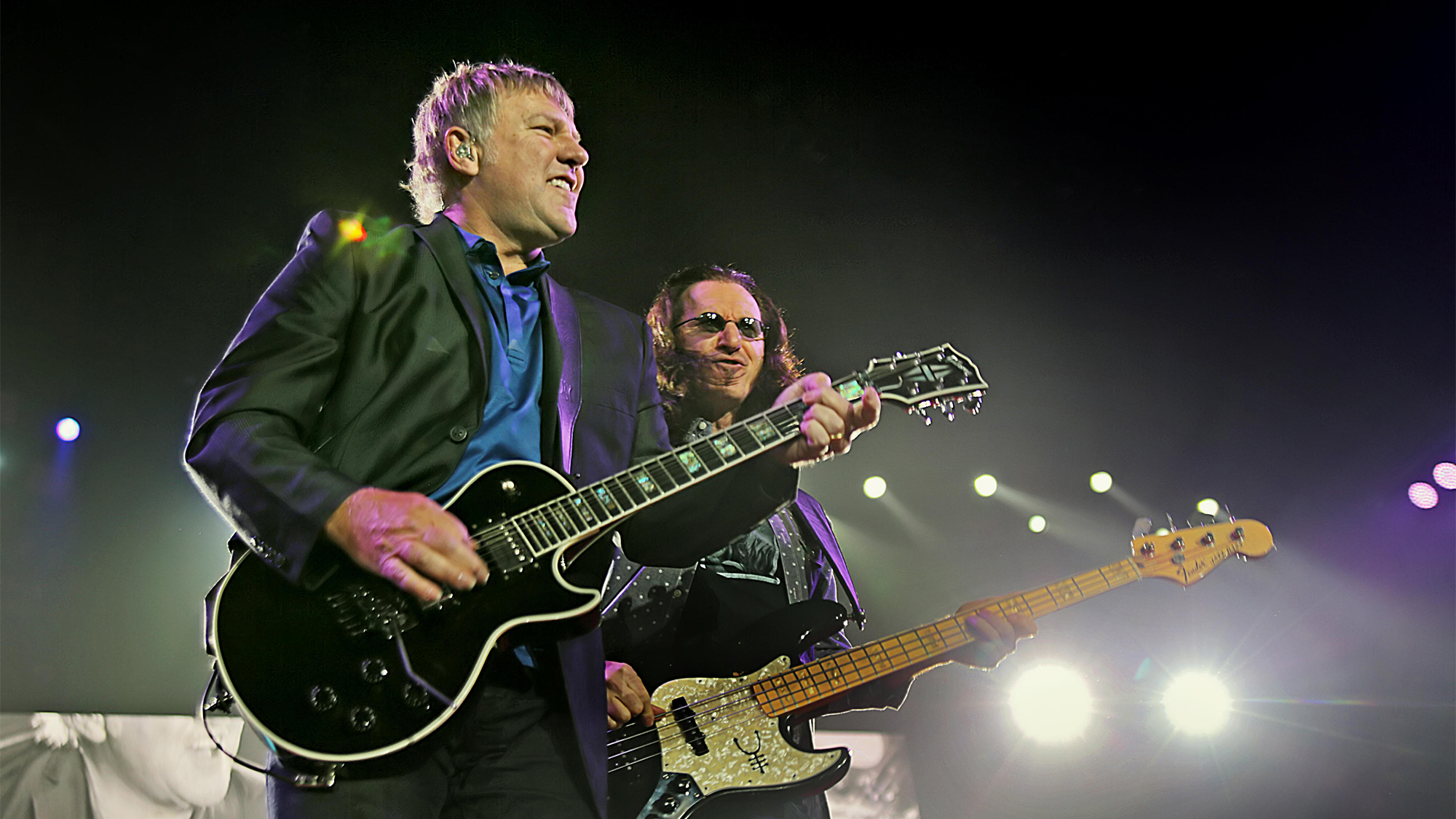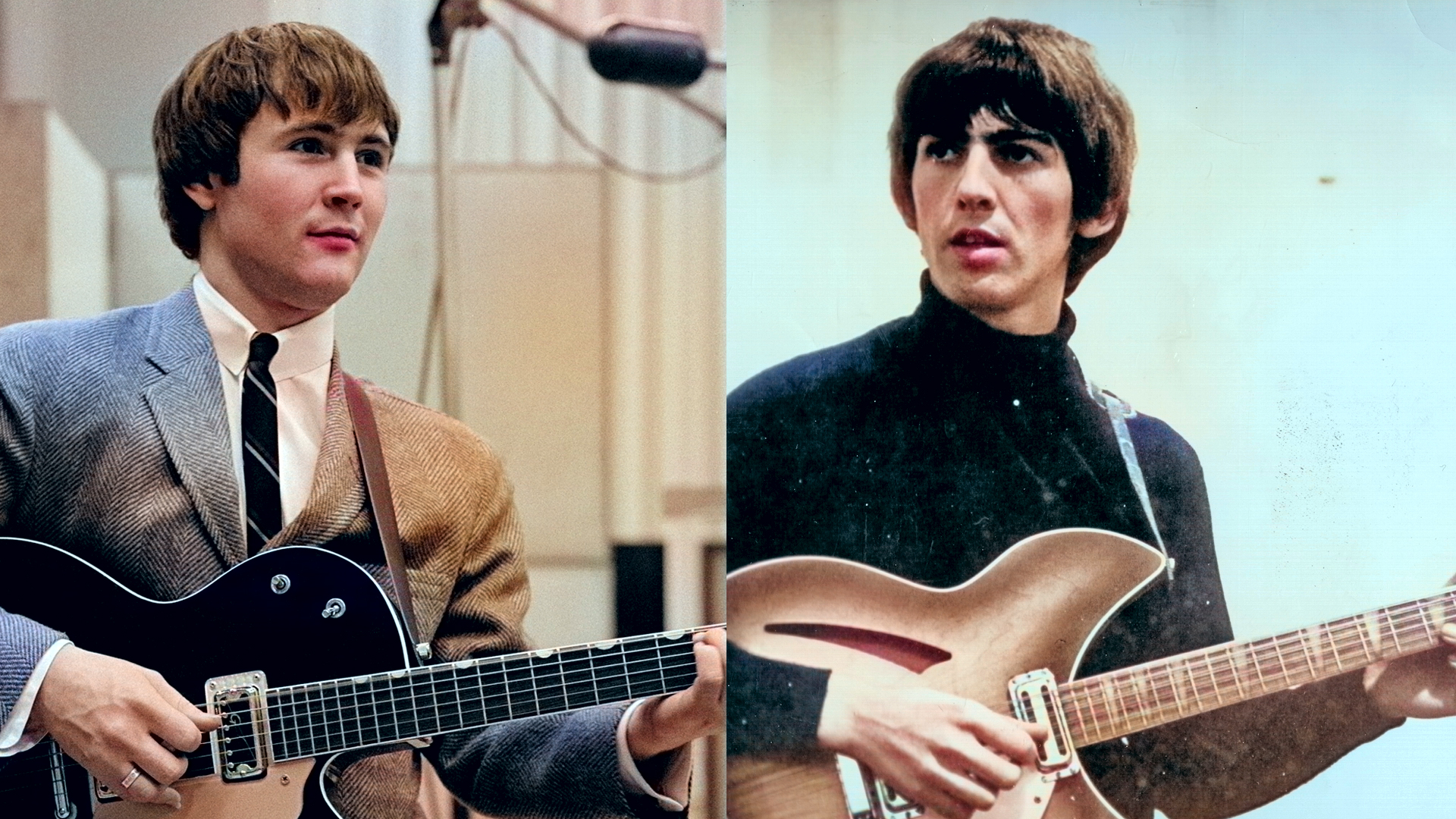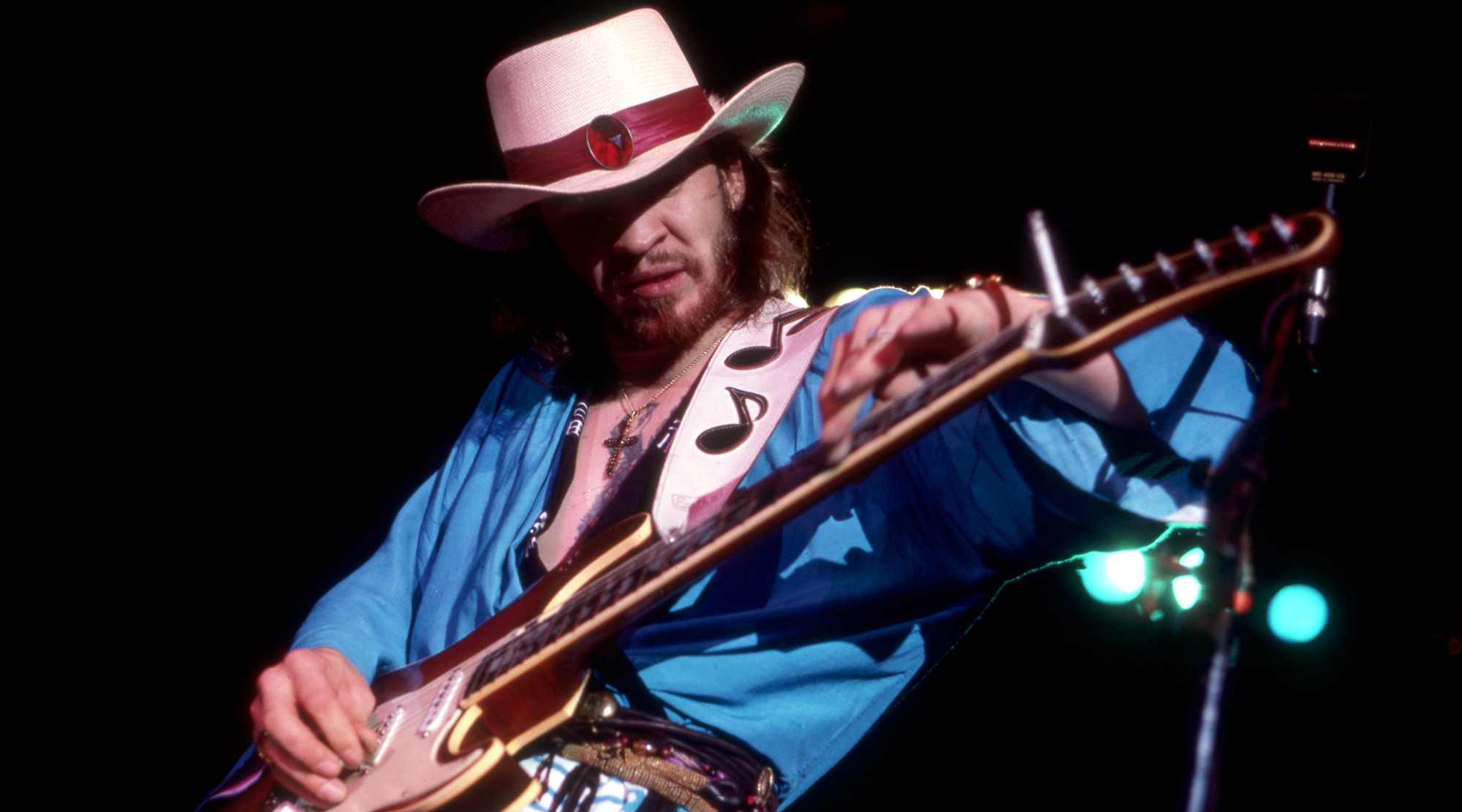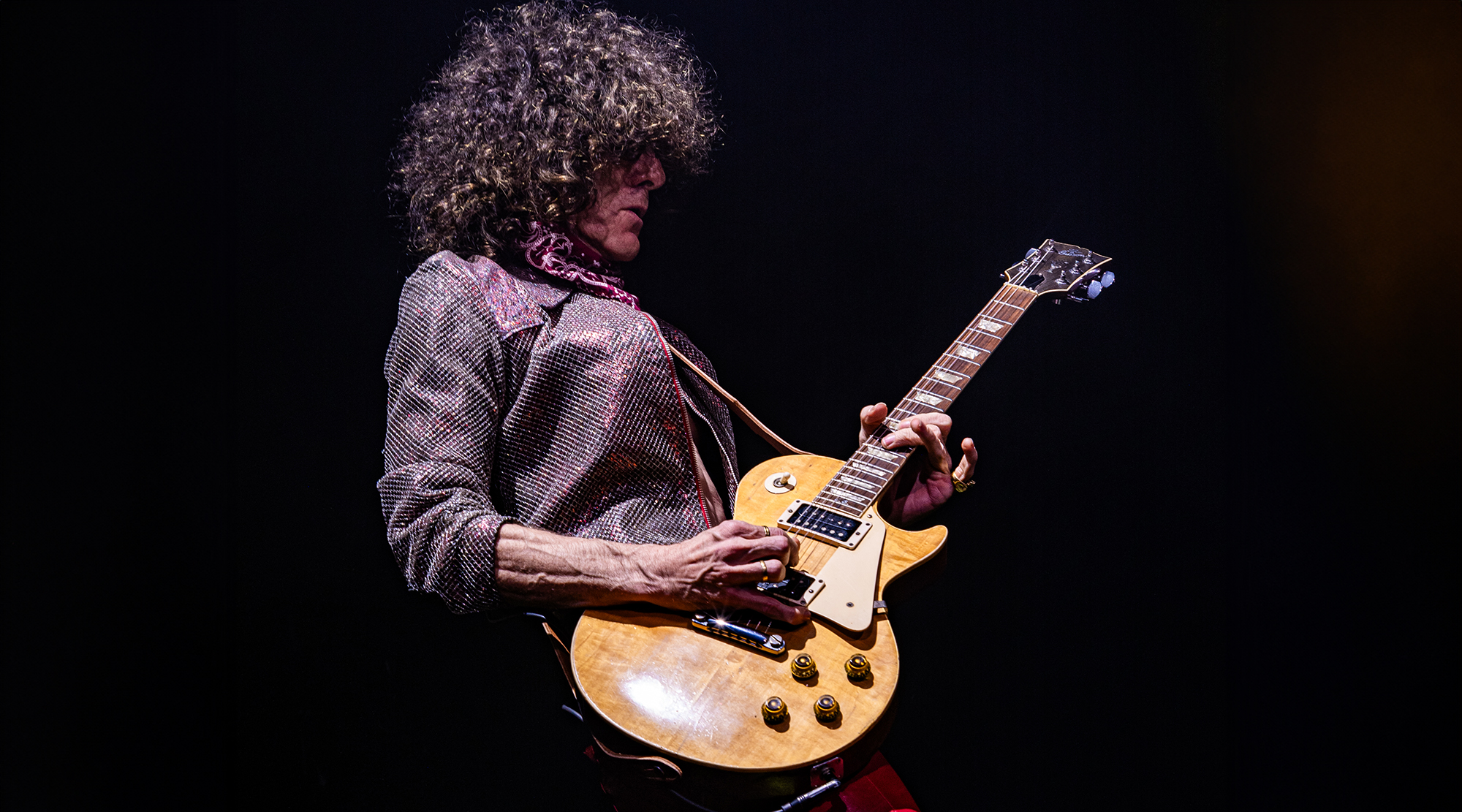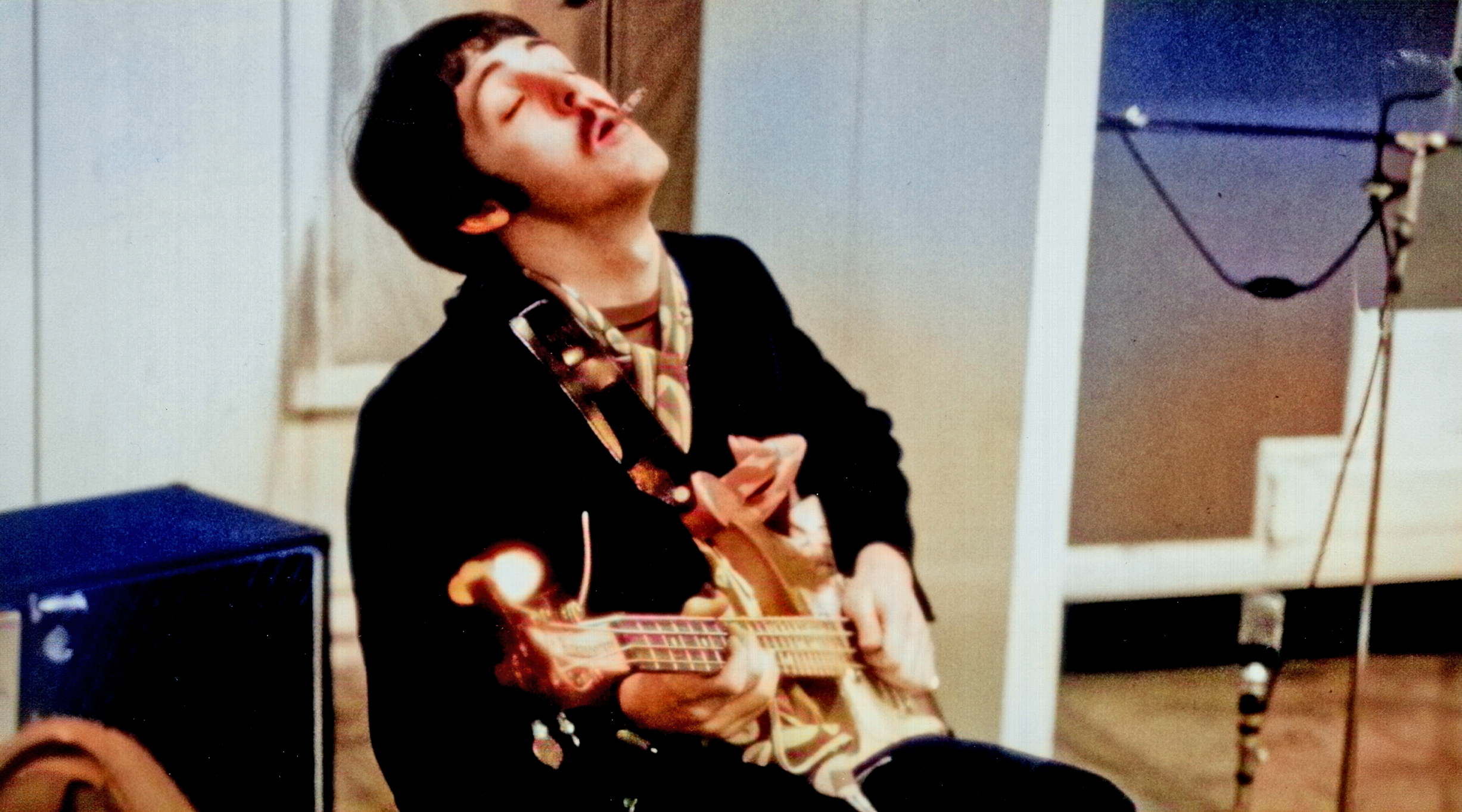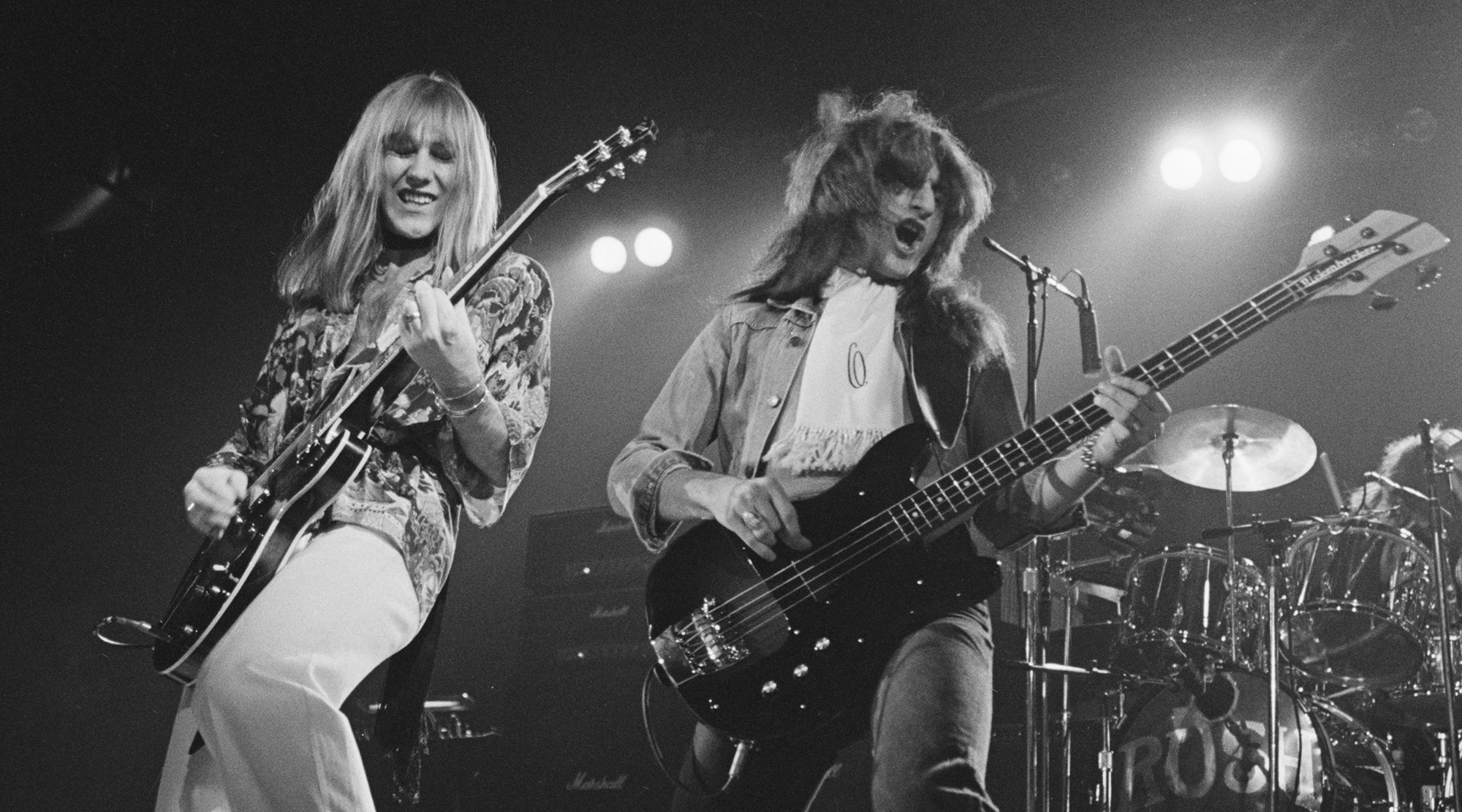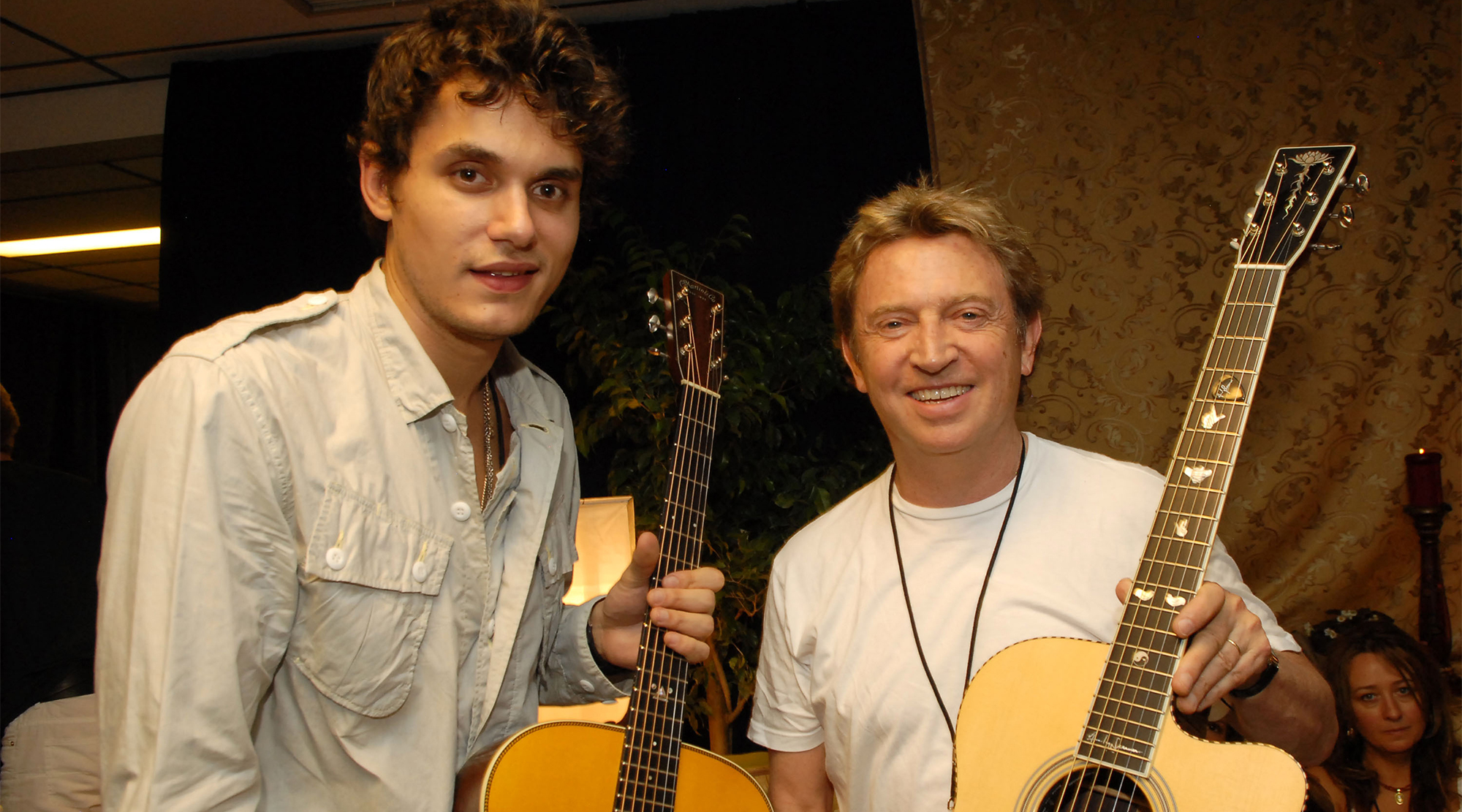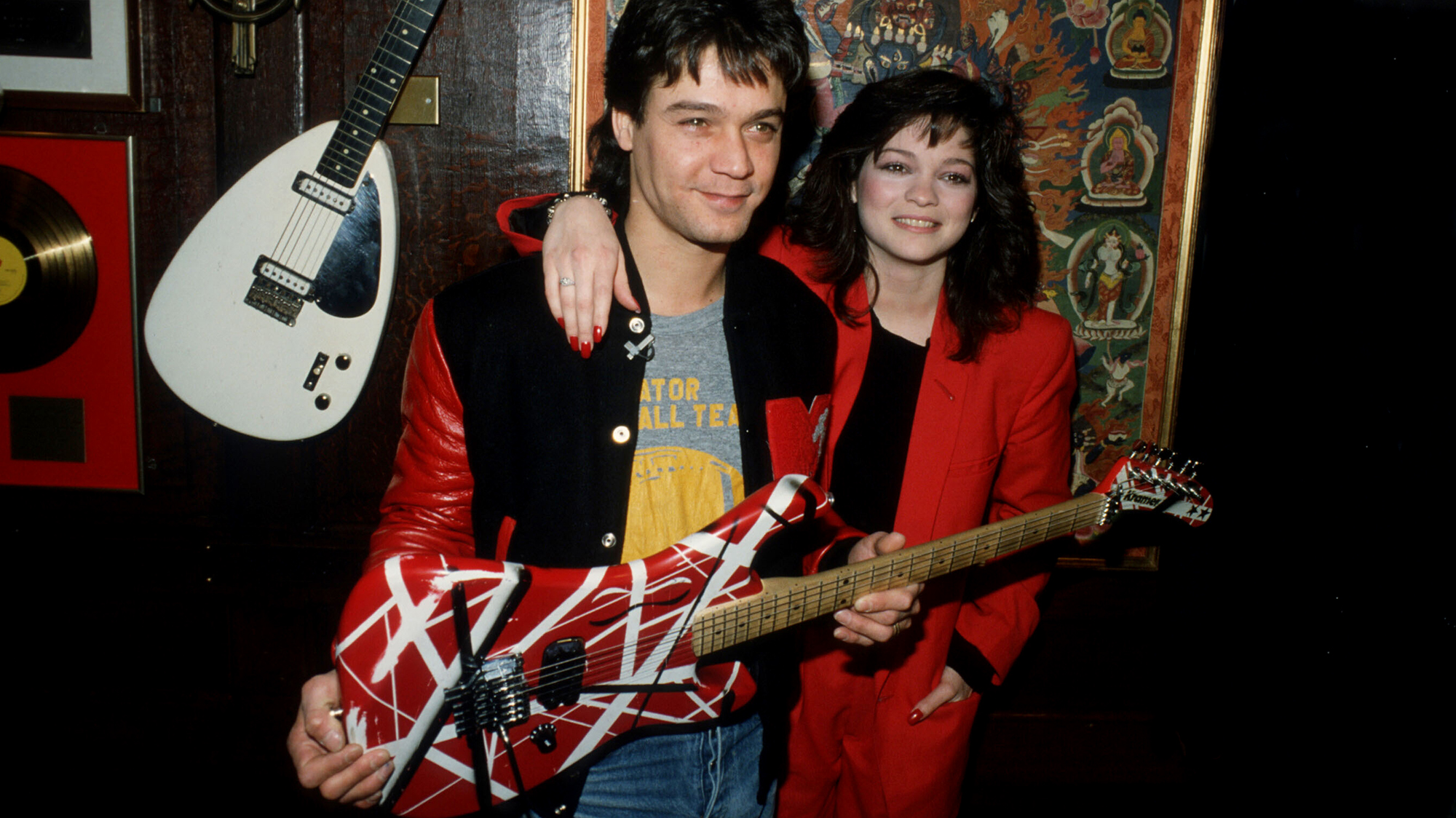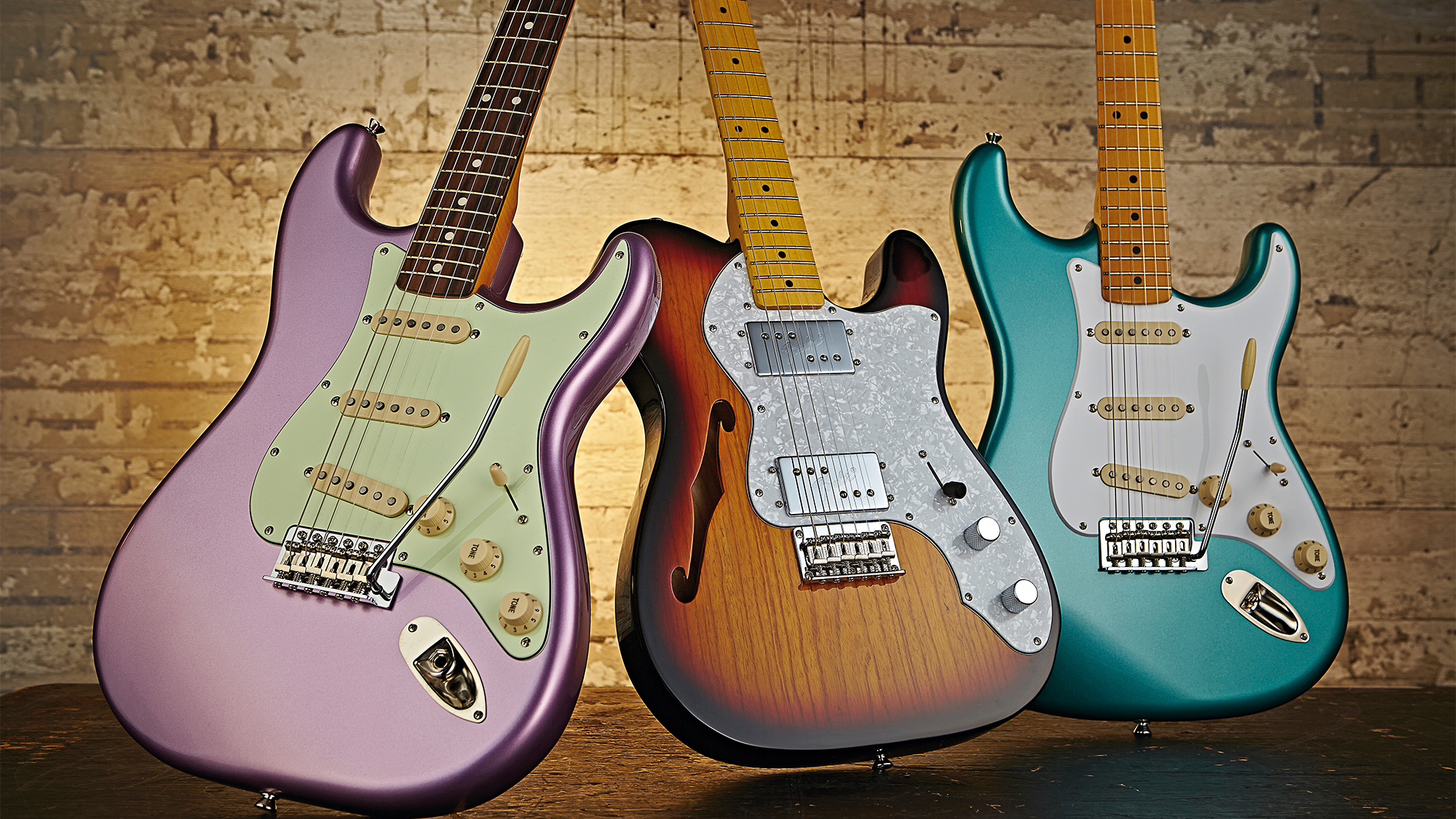“From the mid ’70s through the early ’80s Frank used a rig that allowed for amp and effects switching and presets. He said he spent close to $30,000 dollars to develop it. That would be like $300,000 now!” Dweezil Zappa on Frank Zappa's futuristic setup
Though guitar gear, of course, has advanced in leaps and bounds since Frank Zappa's heyday, the elder Zappa enthusiastically pushed its technological limits

Through his long-running Zappa Plays Zappa band, Dweezil Zappa has sought to keep the music of his late father, Frank, alive.
If there's one through-line you can draw through all of the elder Zappa's discography – one of the most wildly eclectic of any in popular music – it's that nothing within it is simple, compositionally or sonically.
Consequently, Dweezil's devotion to reproducing his father's music as faithfully as possible is no easy endeavor. Indeed, he's currently set to auction off a huge amount of guitar gear to fund this summer's Zappa Plays Zappa tour, an endeavor the guitarist says costs $10,000 a day.
Though guitar gear, of course, has advanced in leaps and bounds since Frank Zappa's heyday, the elder Zappa enthusiastically pushed its technological limits, spending – as Dweezil revealed in a 2019 interview with Guitar Player – huge amounts of money to put together his way-ahead-of-its-time guitar rig.
“His guitar tones changed frequently from tour to tour,” Dweezil told GP. “From the mid ’70s through the early ’80s he used a guitar rig he referred to as Ma Bell. It featured a complex system that allowed for amp and effects switching as well as presets, long before anyone else had that capability. I remember him saying he spent close to $30,000 dollars to develop it. That would be like $300,000 now!
“It also had three amps and two D.I.s, for a grand total of five individual tracks needed to capture his guitar sound,” Dweezil continued. “With only 24 tracks available on the tape machine, sub-mixing was a necessity.”
Dweezil went on to explain the mega-rig in further detail, revealing his father's enviable collection of amps and pedals in the process.
Get The Pick Newsletter
All the latest guitar news, interviews, lessons, reviews, deals and more, direct to your inbox!
“The amp configuration he used most featured a 100-watt Marshall Super Lead, a Vox Super Beatle and a Mesa/Boogie combo amp, with effects that included the MicMix Dynaflanger, Eventide H949 Harmonizer, MXR delays, a dbx 160 stereo compressor, and an Electro-Harmonix Big Muff. His guitars had preamps that brought them up to line level and made it possible to easily integrate rack-mounted studio gear into his system.
“In the studio he would sometimes re-amp the guitar audio, sending it through a few guitar speaker cabinets in the live room,” he continued. “He would use different microphones, but rarely would I see any Shure SM57s. He preferred the Sennheiser MD 421 and a Neumann U67 along with an AKG C 24 for the ambience.
“The inclusion of a clean compressed D.I. sound was the real secret weapon. It added dimension and clarity within his overdriven sounds, as well as immediacy to the transient information.”
- Check out Dweezil Zappa’s upcoming gear auction at AnalogR, and his 2024 tour dates.

Jackson is an Associate Editor at GuitarWorld.com and GuitarPlayer.com. He’s been writing and editing stories about new gear, technique and guitar-driven music both old and new since 2014, and has also written extensively on the same topics for Guitar Player. Elsewhere, his album reviews and essays have appeared in Louder and Unrecorded. Though open to music of all kinds, his greatest love has always been indie, and everything that falls under its massive umbrella. To that end, you can find him on Twitter crowing about whatever great new guitar band you need to drop everything to hear right now.
A gigantic $360 off Positive Grid's celebrated BIAS amp sim software may have just put the nail in the coffin of my beloved valve combo
"Let’s take acoustic-electric amplification to its ultimate realization." How to make an acoustic amp shimmer like a vintage Fender, smolder like a Dumble or scream like a Marshall
